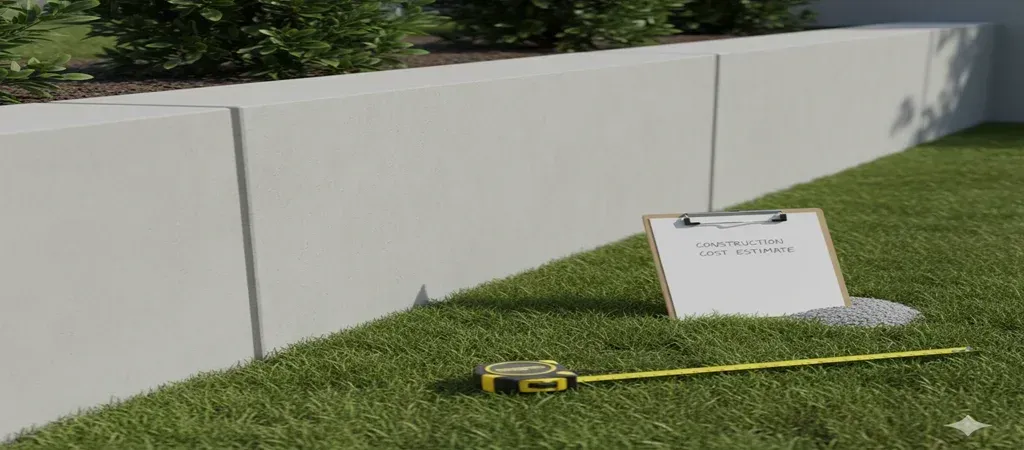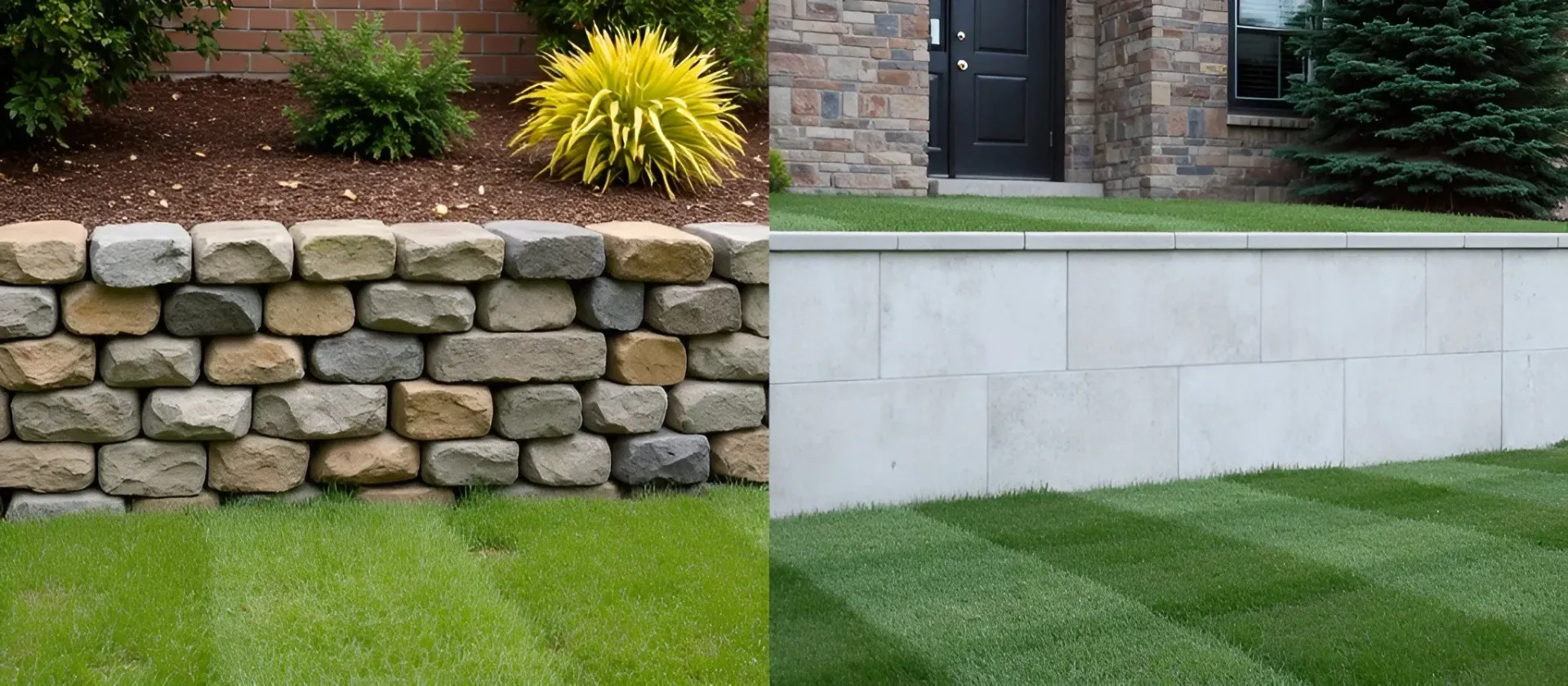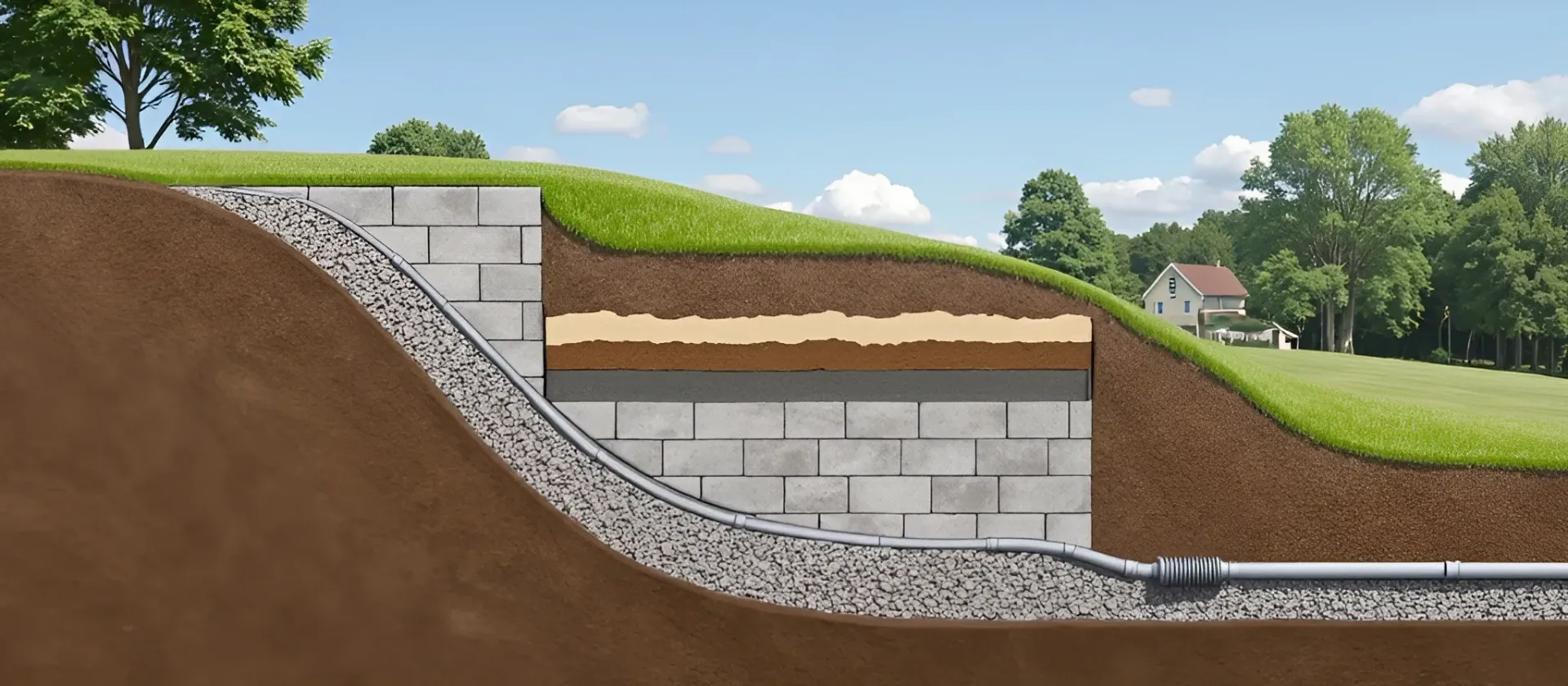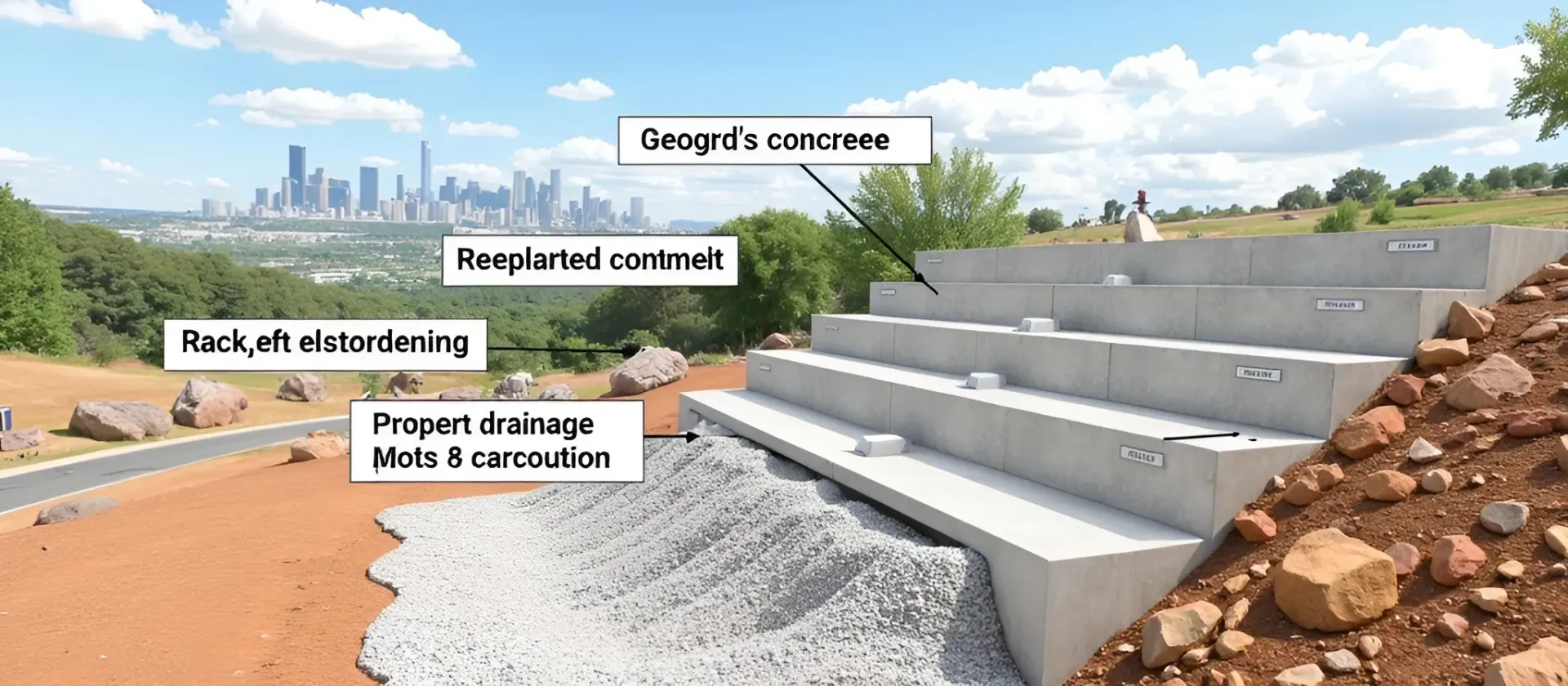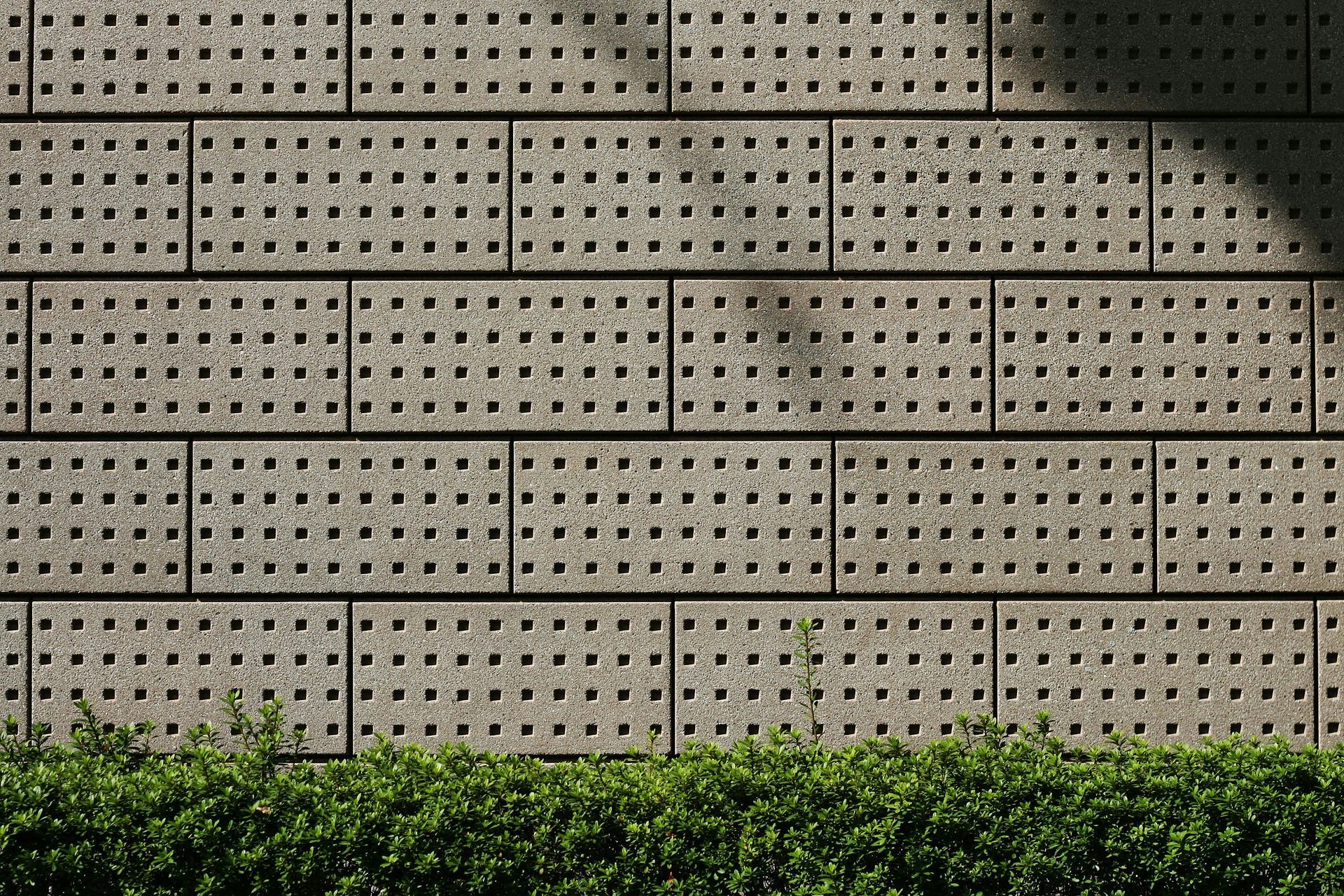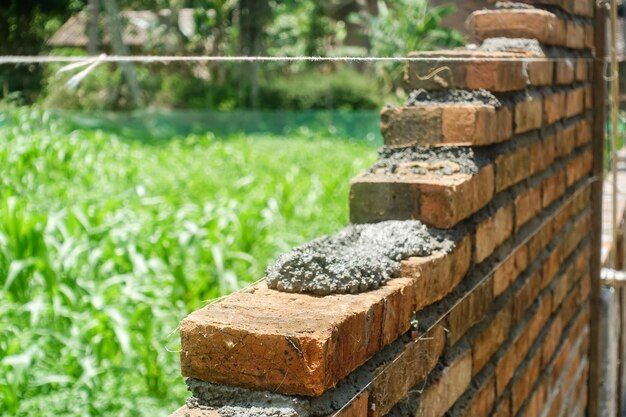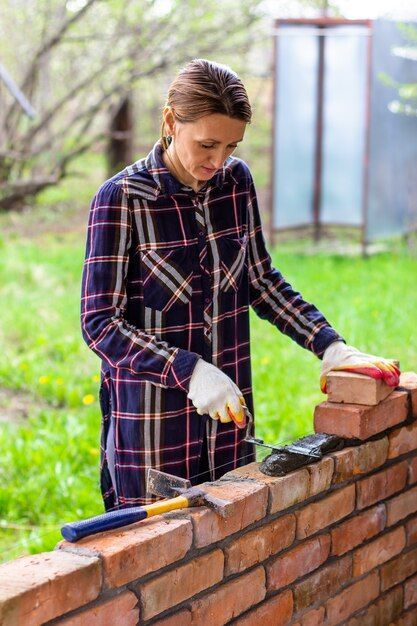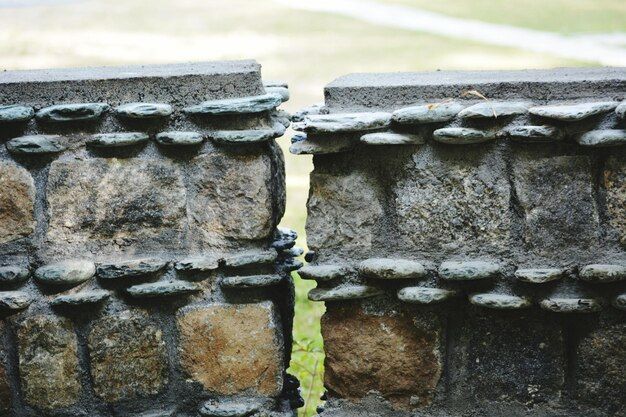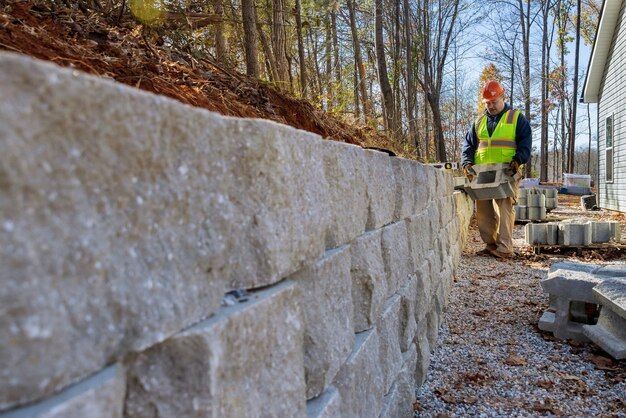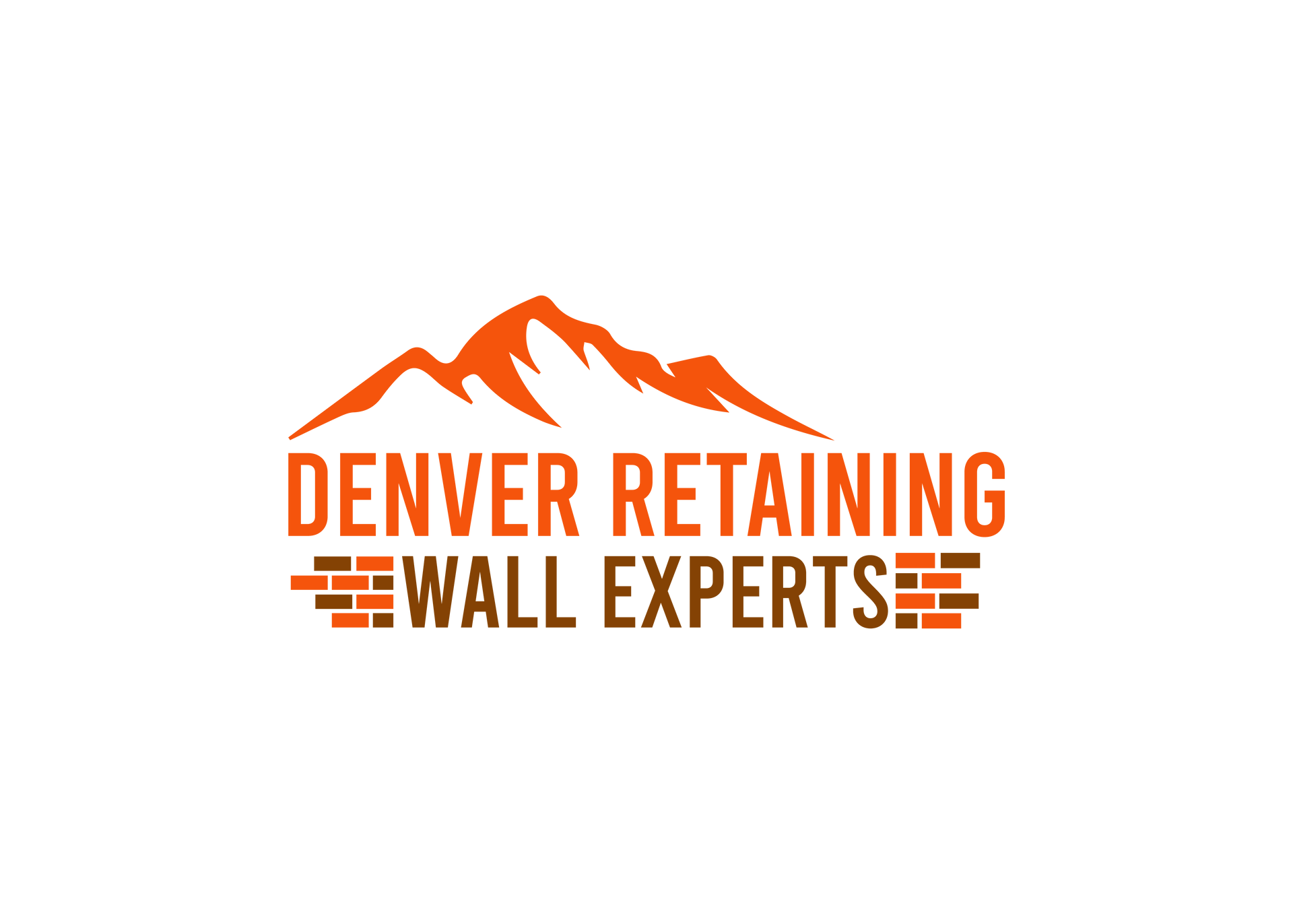The Hidden Threat to Retaining Walls in Denver, CO: How Frost Heave Causes Damage
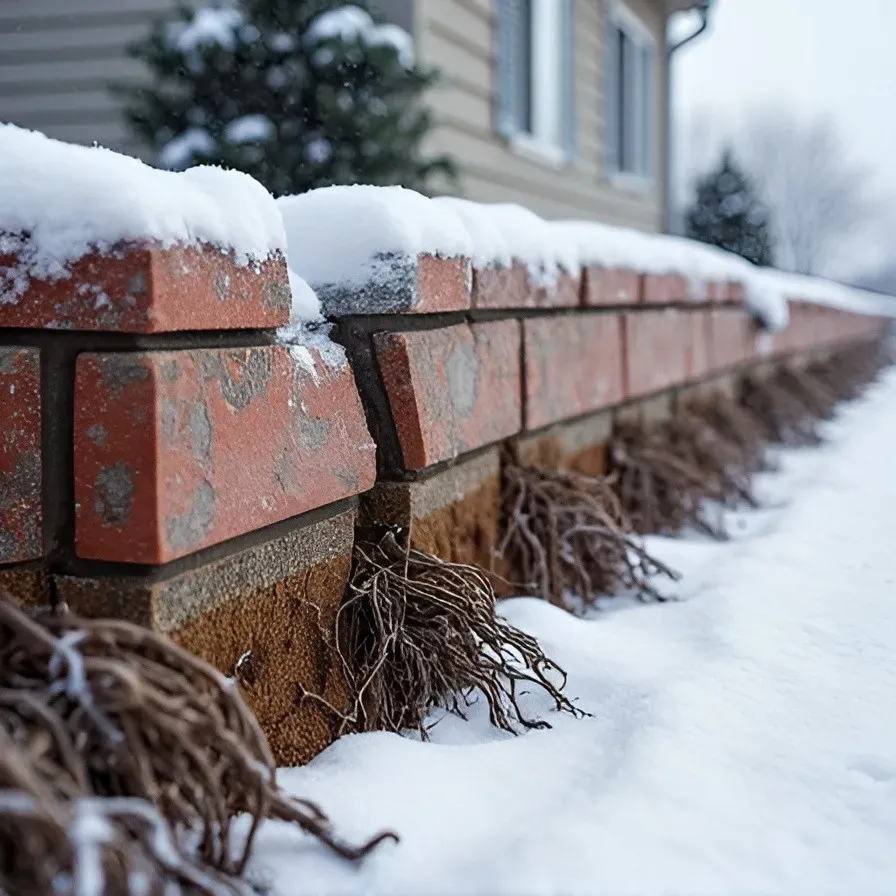
Winter looks calm as snow falls in Denver, CO, and everything seems still.
But beneath the surface? Chaos. Meet Frost Heave, an invisible wrecking ball. It pushes, cracks, and tilts your retaining wall like a slow-motion disaster.
Own a wall? Planning one? You need to know this. Ignore it, and you're signing up for repairs that’ll hurt your wallet—or worse, a total collapse.
Let’s break it down.
What Is Frost Heave (And Why Should You Care)?
Frost heave is nature’s slow-motion wrecking crew. Moisture in the soil freezes and expands. This shoves the ground upward like it owns the place.
Think of a soda can in the freezer. It swells, and if there's no room? Boom.
Now, picture that force slamming into your retaining wall. Cracks creep in. The wall tilts. Soil shifts. Next thing you know? That once-solid structure is flirting with collapse. Not exactly the look you were going for.
How Does Frost Heave Destroy Retaining Walls?
You might think a strong, well-built wall can handle anything. But frost heave plays dirty. Here’s how it strikes:
Soil Expansion & Immense Pressure
Water particles in soil freeze and expand—about 9% larger than before.
Sounds small? It’s not. That extra bulk slams against your retaining wall with brutal force. More water in the soil means more power behind the push. Over time, bulging starts. Cracks creep in. Collapse isn’t far behind.
Uneven Lifting = Disaster
Frost heave doesn’t play fair. It lifts some spots higher than others.
Your wall tilts, stability crumbles, and repairs get expensive—fast. Ever seen a retaining wall leaning like it’s had one too many? Frost Heave probably did that.
💡 Curious why some walls fail while others don’t?
Learn about the key reasons Denver retaining walls collapse.
Cracking & Long-Term Wear
With every freeze-thaw cycle, the wall experiences stress. Tiny cracks appear, harmless at first but they grow quickly.
Next thing you know? Chunks start breaking off. Water finds its way in to freeze and expand which shoves those cracks even wider. And just like that, your sturdy wall is on a fast track to falling apart.
Why Some Walls Suffer More Than Others
Not all retaining walls in Denver fall victim to frost heave. But if yours is in a cold climate, these factors can put it at high risk:
The Wrong Soil Type
Some soils hold more water than others. Clay-rich soils trap moisture, making them more likely to expand when frozen. Sandy or gravel-based soils drain better and reduce frost heave risk.
Poor Drainage = Big Trouble
Waterlogged soil is a frost heave disaster waiting to happen. If your retaining wall doesn’t have a solid drainage system, trapped water will freeze, expand, and push against your wall.
Need help with that?
Check out our guide to retaining wall maintenance tips to stay ahead of winter damage.
Freeze-Thaw Cycles
Live somewhere with freeze-thaw cycles? Your retaining wall is in a nonstop battle. Temperatures drop. Ground freezes. Pressure builds.
Then comes the thaw. The ground settles—until the next freeze shoves it forward again. Every time it thaws, the ground settles. This cycle repeats all winter, wearing down your wall over time.
How to Build a Retaining Wall That Laughs at Frost Heave
Luckily, you’re not helpless against frost heave. Here’s how to keep your wall standing strong.
1. Install a Drainage System (Seriously, Do This!)
Water is the enemy. If you let it collect behind your retaining wall, frost heave will have a field day. Install drain pipes, weep holes, and gravel backfill to allow water to drain properly. A dry wall is a happy wall.
2. Use Frost-Resistant Backfill
Forget clay or dense soil. Use gravel or crushed stone behind your wall. These materials drain water better and reduce the risk of soil expansion.
3. Dig Deep – Below the Frost Line
The deeper your wall's foundation, the safer it is. If your footings sit below the frost line (the depth where the ground constantly freezes), frost heave won’t be able to push your wall up.
Considering building from scratch?
Learn more about engineering principles that ensure a safe retaining wall.
4. Reinforce for Extra Strength
Use geogrid reinforcement to stabilize the soil and keep your wall secure. A strong foundation combined with proper reinforcement ensures your wall stays in place, no matter the season.
5. Insulate the Soil
Installing rigid foam insulation around the base of your wall can help regulate soil temperature and reduce freezing. Less freezing = less expansion = no frost heave.
Preventive Maintenance: Catch Issues Early
Even if you follow all the best practices, regular check-ups can save you from big headaches. Here’s what you should do:
- Look for cracks and tilts after winter.
- Water pooling? Bad sign. Check your drainage. Clogs love causing chaos.
- Tiny cracks? Fix them now. Water sneaks in, freezes, expands, and boom—big problem.
- Watch for bulging. It’s a sign that frost heave is already working its magic (and not in a good way).
Wondering if DIY is enough?
Here’s the truth about DIY vs. professional installation for retaining walls.
Build a wall that can handle frost heave with proven engineering principles that prioritize long-term durability.
The Bottom Line: Don’t Let Frost Heave Win
Frost heave is sneaky. It slowly weakens your retaining wall until, one day, you’re dealing with a costly repair (or worse, a total collapse). But now that you know what’s happening beneath the surface, you can fight back.
Invest in proper drainage, smart soil choices, and a strong foundation. Your retaining wall will thank you by standing tall for years to come. And remember—winter may be cold, but your wall doesn’t have to suffer for it!
Got questions? Contact us now!
Let’s keep those retaining walls safe and sturdy.
